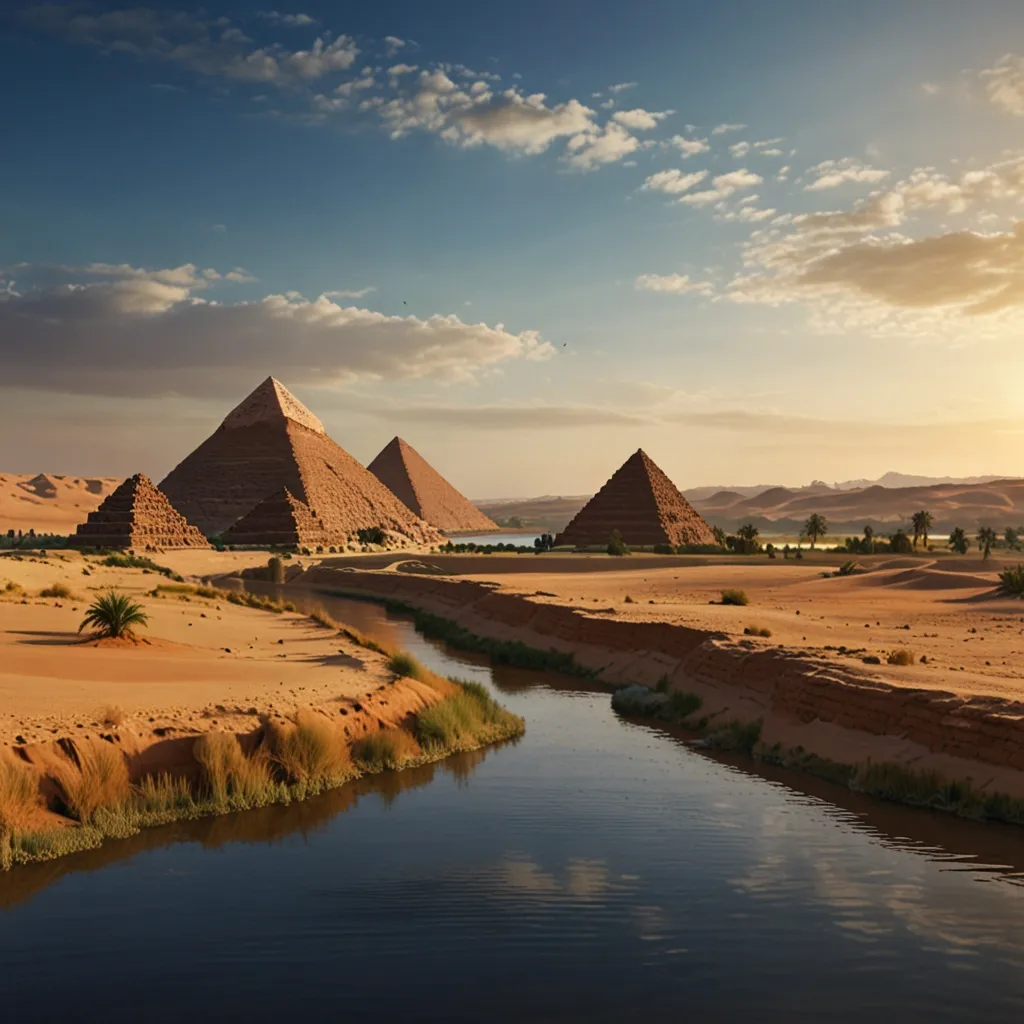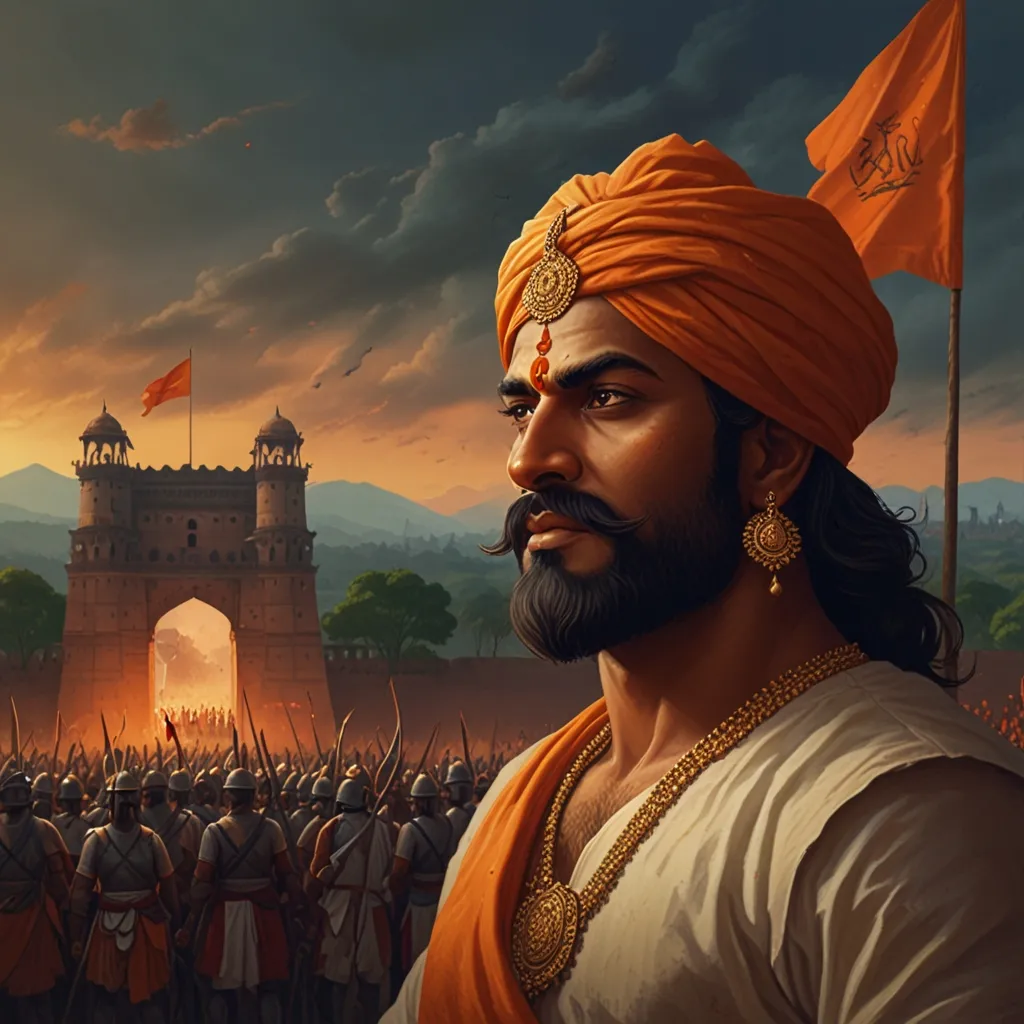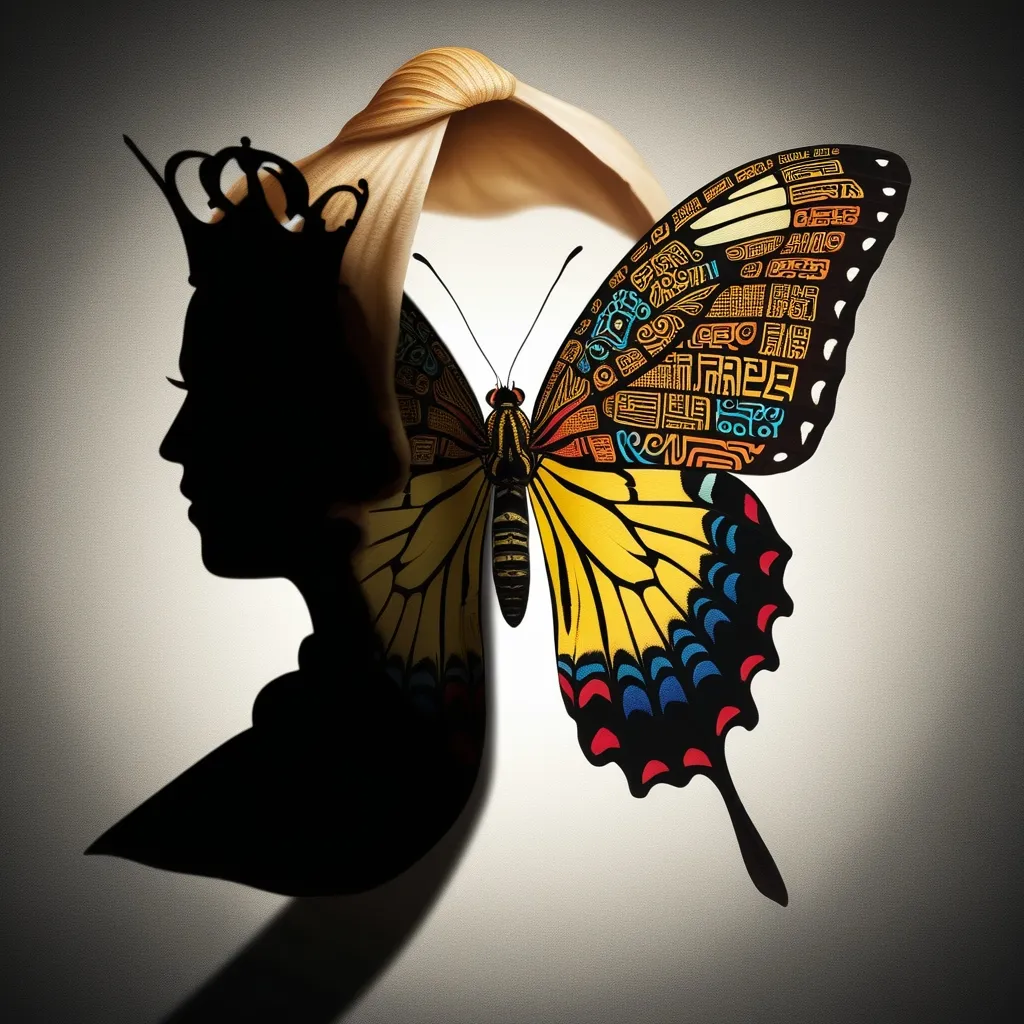Egypt, a land of ancient wonders, has always captivated people with its enigmatic allure. Its history is as vast as the sands of its great desert and as deep as the waters of the Nile, which has been the lifeblood of the country for thousands of years. Let’s rewind to a time when mysteries were as abundant as the grains of sand, and a stone found near Alexandria would change the understanding of ancient scripts forever. Discovered by a French soldier during Napoleon’s expedition in 1799, the Rosetta Stone became the key to deciphering the long-lost language of the Egyptians. This stone marked a turning point, opening the door to ancient Egypt’s secrets.
The Nile, often referred to as the gift of Egypt by Herodotus, served as the cradle of this illustrious civilization. Its predictable flooding provided fertile soil, which turned the surrounding land into a lush agricultural hub. The development of ancient Egyptian society can be traced back to these fertile banks, where communities thrived as early as the Paleolithic era. The Egyptians skillfully harnessed the river’s bounty, creating one of the first agricultural societies in recorded history. They sowed crops like wheat and barley, furthering their sustenance and economy through the ages.
Ancient Egypt was divided into Upper and Lower regions. Lower Egypt stretched to the north, forming the sprawling Nile Delta, while Upper Egypt lay to the south, stretching towards Nubia. Around 3000 BCE, King Narmer unified these lands, donning a double crown to symbolize his reign over the two territories. However, before Narmer, these regions were rich with cultural diversity, each leaving behind a tapestry of archaeological evidence that weaves the story of humanity’s past.
The pre-dynastic period, spanning from 6000 to 3150 BCE, was a time of transition from the wandering hunter-gatherer societies to more sedentary agricultural communities. The Faiyum Oasis, a significant site in this era, became a hub of innovation in agriculture, hunting, and fishing, with its residents constructing homes from reed and mud, and later, enhancing these with plastered walls and internal hearths.
As time trickled on, the unifying spirit of King Narmer would give rise to a period of spectacular accomplishment—the era of the pyramids. Egypt’s Old Kingdom (circa 2686 to 2181 BCE) saw the construction of the renowned Pyramids of Giza and the Great Sphinx, monuments they’ve become global symbols of Egypt’s grandeur. These structures were more than just tombs; they were testaments to the architectural genius and logistical prowess of a civilization.
The collapses and rebirths of Egypt’s society can be seen in the shifts between periods of centralized power and times of disunity known as Intermediate Periods. During these times of upheaval, local governors, or nomarchs, rose to prominence, often leading to a fragmented rule across the land.
The Middle Kingdom emerged around 2055 BCE following the First Intermediate Period, restoring central authority and fostering a cultural renaissance. The kings of this era, like Senusret III, embarked on aggressive expansion and monumental building projects. This era also saw the advent of co-regency in Egypt, where a reigning king would appoint a successor, often a son, to ensure a seamless transition of power.
Yet again, Egypt faced another divide in what became known as the Second Intermediate Period. This era gave rise to the Hyksos, a Semitic people who ruled parts of Northern Egypt. Though initially invaders, the Hyksos rulers adopted and adapted Egyptian customs and governance, leaving an imprint on the history of the land they controlled.
With the rise of the New Kingdom around 1550 BCE, Egypt truly became an imperial power. This period marked a pinnacle in trade, art, and military conquests. Pharaohs like Thutmose III expanded Egypt’s reach far beyond its traditional boundaries, while Hatshepsut, one of Egypt’s most formidable female rulers, focused on trade expeditions and monumental architecture, leaving behind a legacy of peace and prosperity.
The New Kingdom also bore witness to the singular reign of Akhenaten, the ‘heretic king’ who attempted to shift Egypt from its polytheistic roots to the monotheistic worship of the sun disc, Aten. His rule marked a controversial divergence in religious practices, though following his death, such traditions were largely abandoned.
As time moved forward, the ability of Egypt to exert power began to wane, leading into the Third Intermediate Period. By this time, Egypt was frequently dominated by foreign rulers, including the Nubians and the Persians. The Assyrian and later Persian conquests turned Egypt into a strategically valuable but politically fragmented land.
Eventually, in 332 BCE, the arrival of Alexander the Great heralded a new era. His conquest of Egypt and the subsequent rule by the Ptolemaic dynasty saw a melding of Greek and Egyptian cultures, giving birth to a uniquely influential Hellenistic age that culminated with the reign of Cleopatra VII.
Despite the continuous ebbs and flows of power, Egypt preserved its cultural and intellectual traditions. The Roman conquest in 30 BCE brought Egypt into the Roman fold, marking another chapter in its illustrious and enduring story.
The echoes of Egypt’s past reverberate into the present. Customs rooted in ancient times, like the spring festivals, thrive in modern Egypt alongside contemporary marvels. Egypt remains a land of mystery and magic, enticing explorers, historians, and tourists alike to venture into its timeless allure. Each discovery, each grain of sand and water of the Nile, carries the whispers of a bygone civilization, interwoven with the currents of today’s world. Egypt, in its ancient and present forms, continues to inspire and enchant, a testament to the endurance of its people and the legacy of their achievements.






